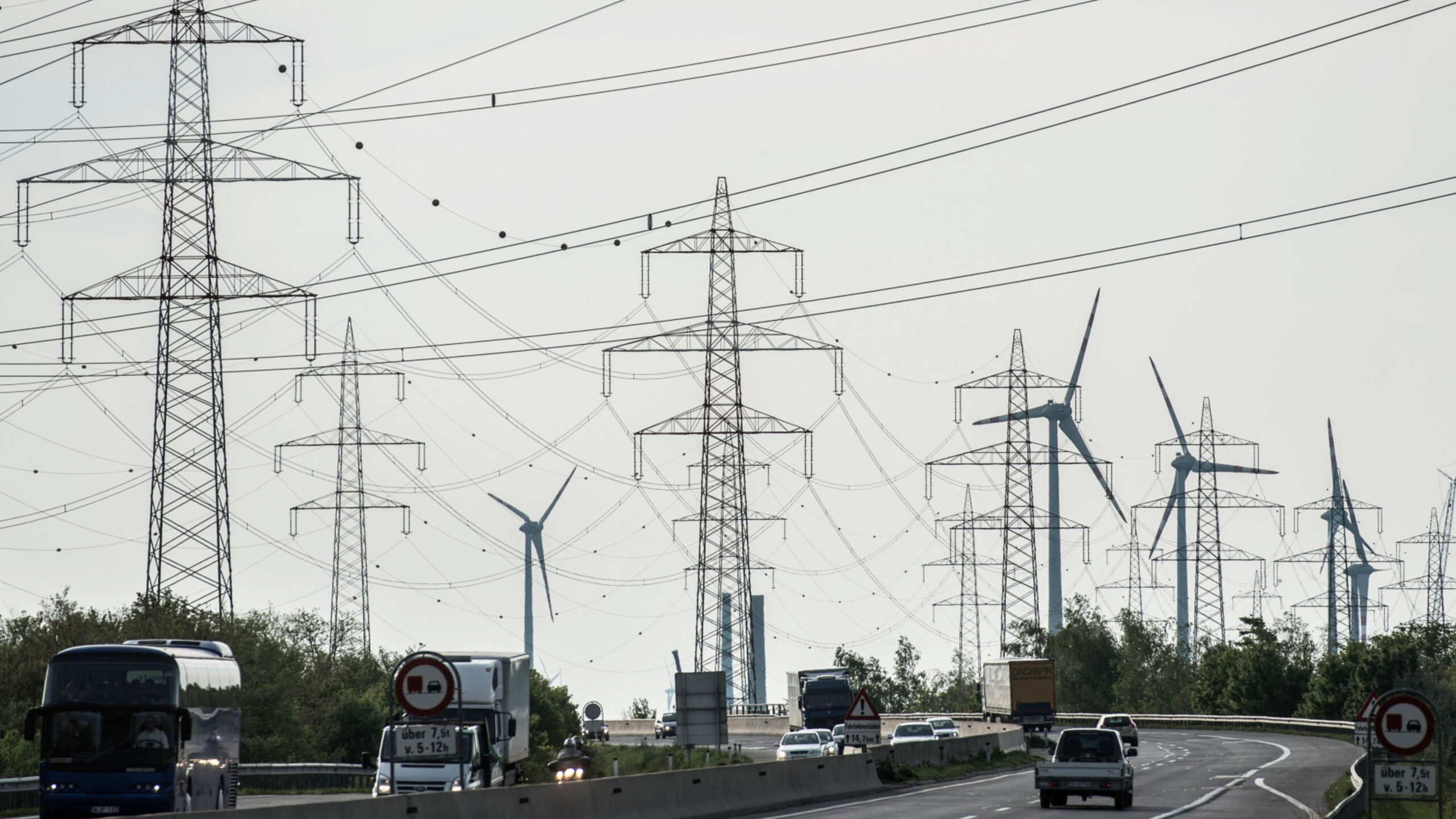
EU’s €2.5tn energy infrastructure investment gap needs to be filled by 2050

Regulatory changes would help increase the financial appeal of decarbonisation, the member-based European Round Table for Industry argues
The EU’s energy infrastructure needs investment of €800bn by 2030 if the bloc’s climate transition is to be achieved, a sum that will rise to €2.5tn by 2050, says the member-based European Round Table for Industry.
The ERT published two reports on April 9: one setting out the challenges facing European energy-intensive industries, and another explaining the changes it believes will be required to strengthen Europe’s energy infrastructure.
Of the €800bn required in cumulative investment by 2030 in the EU’s energy infrastructure, €700bn of this figure will need to be invested in electricity, with the remainder spread across natural gas, biomethane, carbon dioxide and hydrogen. Investment will need to come from public and private sources, the ERT says.
By 2050, the cumulative investment required in electricity will rise to €2.3tn out of a total investment sum of €2.5tn, it states. Upgrading and expanding the existing power grid and investment in energy storage are among the main spending areas identified by the group.
It singles out four sources of pressure it says energy-intensive companies face, namely high energy prices, limited access to renewable energy sources, high carbon dioxide-related costs and the significant investment needed to decarbonise.
The ERT calls for various regulatory reforms to help create “a positive business case for the green transition”, including improving the availability and affordability of low-carbon energy and carbon capture, utilisation and storage through accelerated permitting. It adds that simplifying state aid and encouraging innovation in technologies that lack a business case would help increase the financial appeal of decarbonisation.
The ERT also calls for a “level playing field” against international competition, its main request being to ensure the effectiveness of the EU’s Carbon Border Adjustment Mechanism by maintaining the competitiveness of exports and lowering the risk of “import loopholes”.
The CBAM, which imposes a carbon levy on imports from jurisdictions with less-stringent climate policies, risks being undermined if nations choose to underestimate their carbon emissions, suggests the ERT. Effectively tackling the loopholes faced by the CBAM requires “robust international co-operation” to achieve a common goal of reducing CO2 emissions, it adds.
Similar Articles

Esma guidelines on sustainability rules for European funds deemed ‘vague’

Global investment industry ‘needs to double’ stewardship resources


